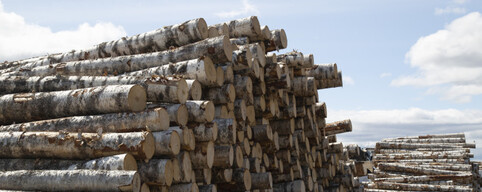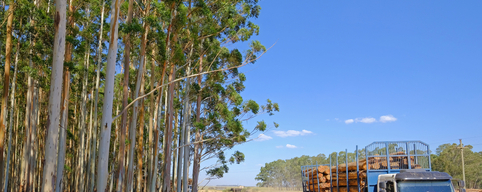

The timber harvesting industry is witnessing remarkable advancements, attributed largely to the integration of cutting-edge technology. These innovations aim to enhance the efficiency and sustainability of timber harvesting operations, making it a pivotal time for industry stakeholders.
In the realm of timber harvesting, significant technological advancements have been catalyzing transformative changes. A key area of evolution is the use of GPS and LiDAR technologies. Equipped with these systems, modern harvesters have become more accurate and efficient. GPS-guided automation enables precise tree selection and cutting, minimizing waste and significantly reducing environmental footprints. LiDAR sensors complement this technology by providing detailed terrain and foliage data, enhancing the precision of operations.
GPS and LiDAR technologies allow for better management of harvesting activities, allowing operators to plan routes and operations with minimized environmental disruption. Their integration into harvesting equipment underscores a commitment to sustainability, ensuring that both industry needs and environmental concerns are addressed.
The ability to process logs directly on site also represents a technological leap forward. Cut-to-length harvesters are specifically designed for this purpose, minimizing damage to surrounding vegetation through gentle handling and processing of timber. This on-site processing capability reflects a broader trend towards sustainable forestry practices, as it reduces the need for transporting logs to external locations for processing, which can lead to increased emissions and habitat disruption.
Additionally, the introduction of hybrid-electric drives in forwarders marks another stride in the quest for sustainable harvesting. These vehicles reduce overall fuel consumption and emissions, making operations more eco-friendly. This technological shift is critically important as it aligns with global efforts to reduce carbon footprints and improve environmental stewardship in resource-intensive industries like forestry.
Innovations in eco-friendly materials and solutions further bolster these advancements. The use of biodegradable hydraulic fluids prevents soil and water contamination, while lightweight composite materials contribute to reduced energy consumption during the operation of heavy machinery. These efforts demonstrate a significant move towards sustainability and cost-effectiveness in timber harvesting practices.
Another technological trend shaping the industry is the use of drones for pre-harvest mapping and post-harvest monitoring. Drones provide aerial views and detailed analyses of logging areas, allowing for more precise planning and follow-up evaluations. Their use in the industry reflects a broader shift towards incorporating modern technology to increase productivity, minimize environmental impacts, and streamline operations effectively.
The progress in technology and sustainable practices is supported by significant market analysis. A recent study has forecasted the global timber harvesting equipment market demand from 2024 to 2032, offering a structured analysis of market size and emerging trends. This analysis provides industry players with valuable insights into the trajectory of timber harvesting technology and its potential impact on future operations and sustainability initiatives.
Noteworthy companies such as Komatsu, Husqvarna, Hitachi, YAMABIKO, and Hyundai are at the forefront of these technological and market developments. Their ongoing contributions to advancing timber harvesting equipment have been instrumental in steering the industry towards more sustainable and efficient practices.
Looking towards the future, the forecast up to 2033 presents expectations for industry growth, strengthened by the continued embrace of technological advancements and the increasing demand for sustainable practices. This evolving landscape promises to reshape the future of the industry, prioritizing both profitability and environmental responsibility.



